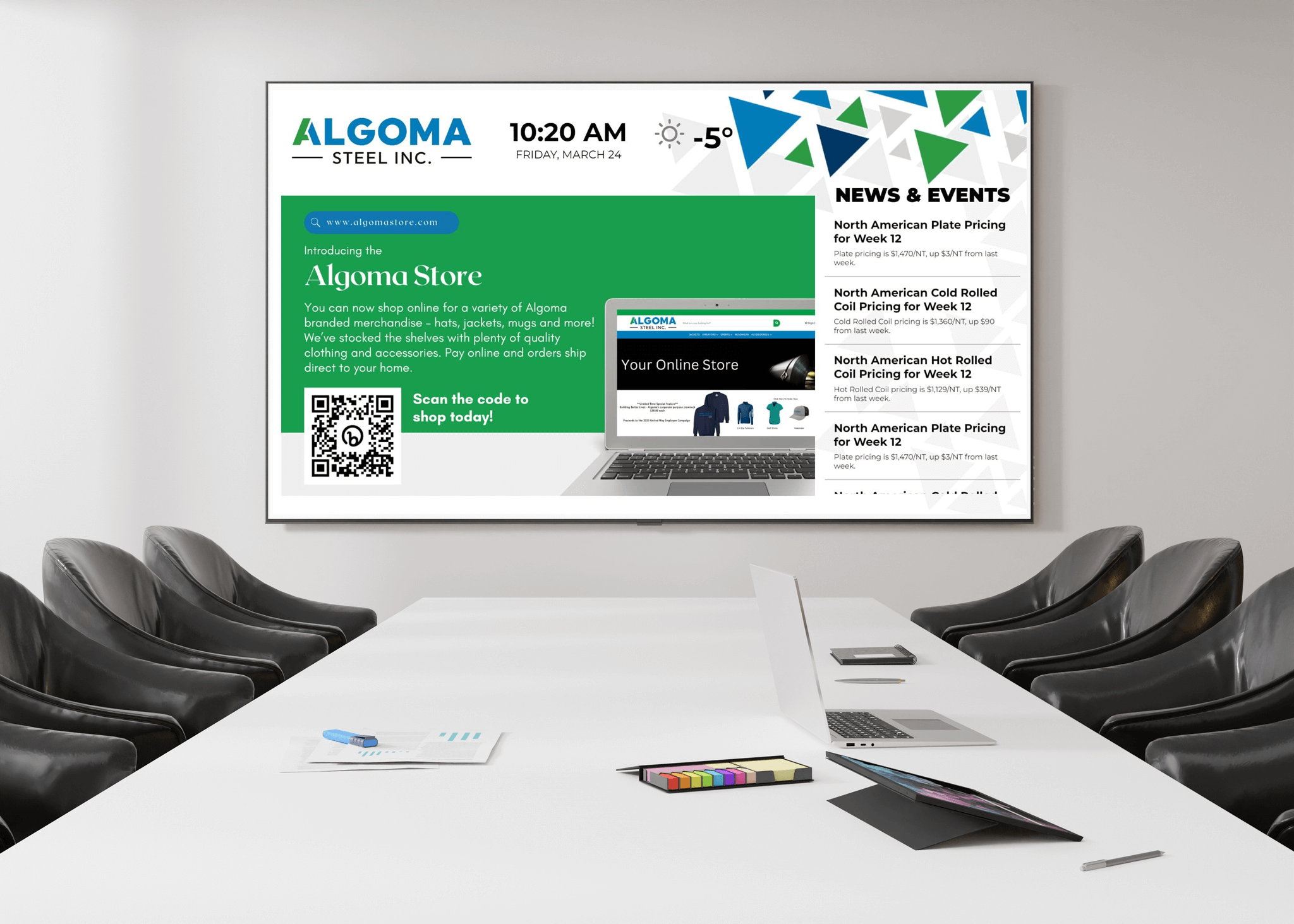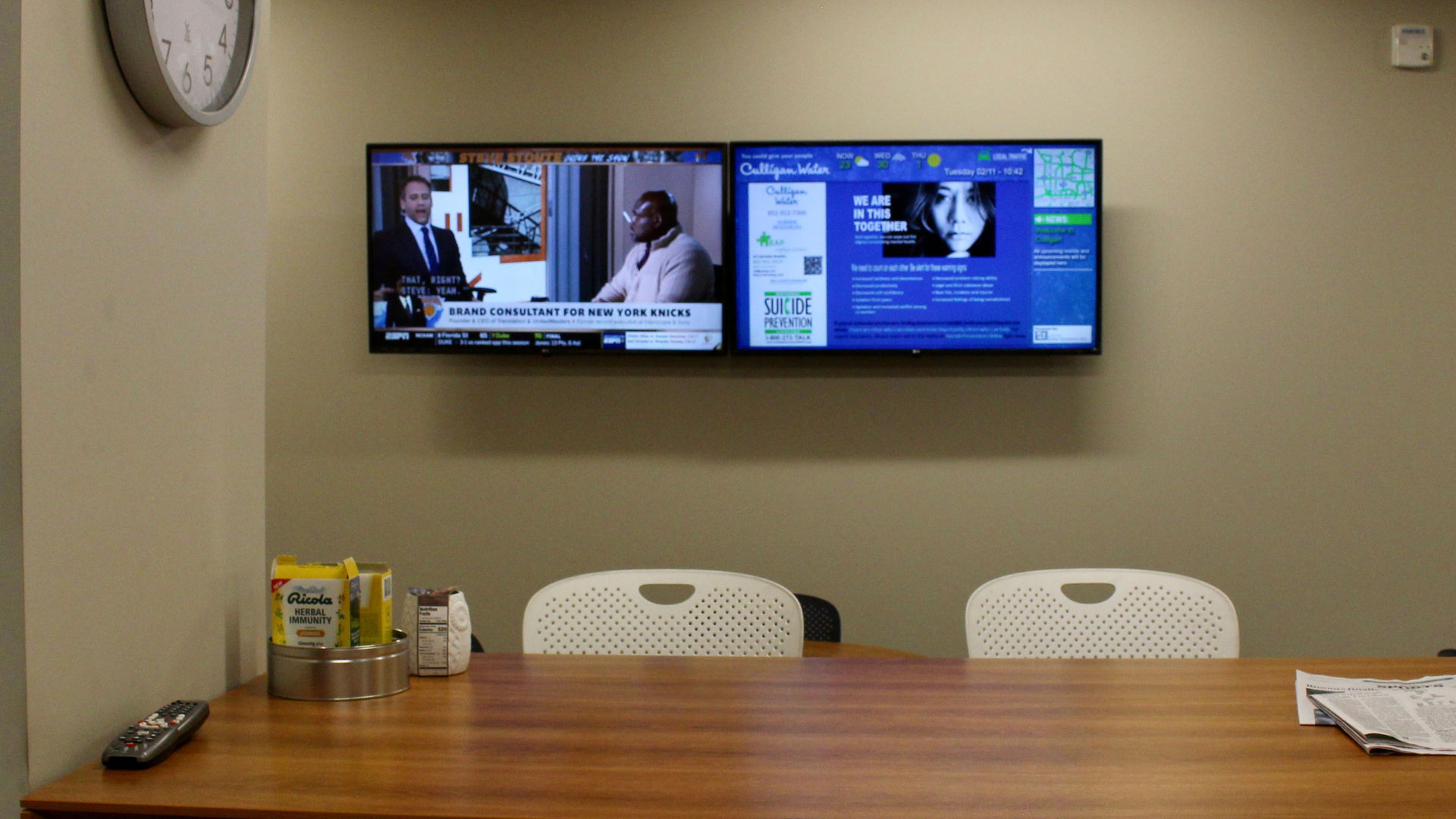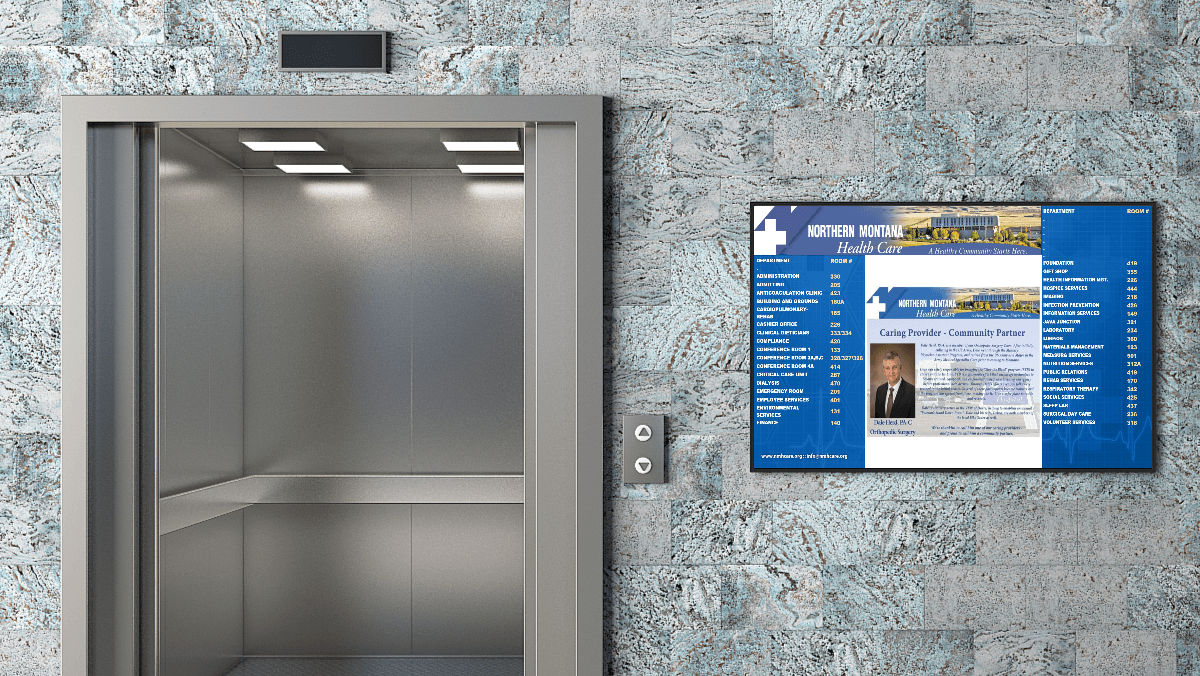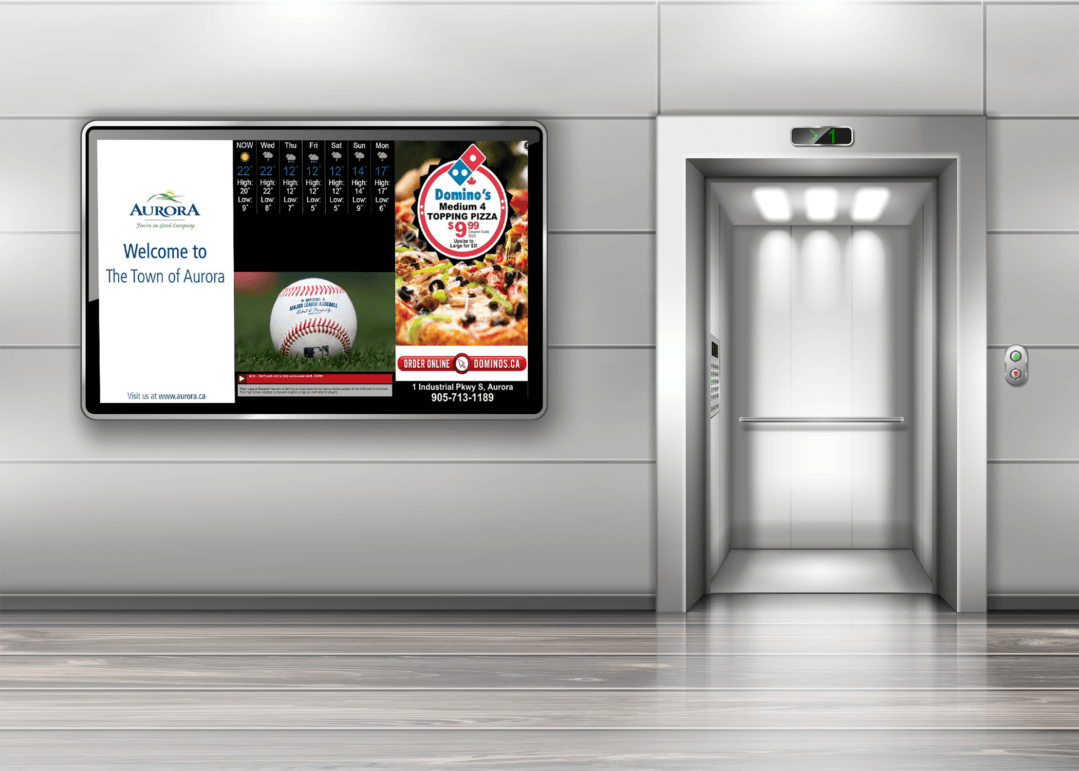THE CASE FOR DIGITAL SIGNAGE IN MODERN BUSINESS
In today’s fast-paced, technology-driven world, businesses must adapt to remain competitive. One powerful tool that has emerged in recent years is digital signage. Digital signage encompasses a range of digital displays used to convey information, advertisements, and entertainment content in various environments. From retail stores to corporate offices, the benefits of digital signage are manifold. At REACH Media Network, we explore why every business should consider integrating digital signage into their communication strategy.
When you sign on with REACH Media, you gain access to a large network of industry professionals who will guide you along every step of the way. Not only that, but our free creative services allow you to work with our professional designers to get the exact look you want. With 24/7 support, there is always someone at REACH ready to help. To get started, click the button below!
TALK TO AN EXPERTENHANCED COMMUNICATION
One of the primary advantages of digital signage is its ability to facilitate communication. Businesses can convey messages in real-time, updating content instantly to reflect current promotions, events, or company news. This immediacy is crucial in industries where information changes rapidly, such as retail, hospitality, and transportation.
For instance, a retail store can use digital signage to showcase flash sales or new product arrivals, effectively capturing customers’ attention and driving sales. In corporate settings, digital displays in lobbies or conference rooms can keep employees informed about company announcements, upcoming meetings, or even employee recognition. This not only improves information dissemination but also fosters a sense of community and engagement within the organization.

IMPROVED CUSTOMER EXPERIENCE
Digital signage significantly enhances the customer experience. In a retail environment, visually appealing displays can draw customers in and create an immersive shopping experience. High-quality images and videos can showcase products more effectively than traditional print advertisements. Furthermore, interactive digital signage can engage customers directly, allowing them to explore products, check prices, or find directions within a store.
In restaurants, digital menus can change dynamically to highlight specials, calorie counts, or ingredients, catering to health-conscious customers. The ability to refresh content easily means businesses can tailor their messages to align with customer preferences and trends, ultimately improving customer satisfaction and encouraging repeat visits.

COST-EFFECTIVENESS
While the initial investment in digital signage may seem significant, the long-term cost savings are substantial. Traditional print advertising involves ongoing costs for materials, printing, and distribution. In contrast, digital signage allows businesses to create and modify content without incurring additional expenses for printing.
Moreover, digital signage can be used across multiple locations with the same content, ensuring brand consistency while reducing marketing expenses. For example, a franchise can deploy uniform promotional content across all locations, effectively managing its brand image without the repetitive costs associated with printed materials.
INCREASED ENGAGEMENT
Digital signage has a unique ability to capture attention. The combination of movement, color, and sound makes digital displays far more engaging than static signs. Studies show that digital signage can increase customer dwell time, leading to higher conversion rates. Businesses using digital signage have reported increases in sales.
In environments such as trade shows or events, digital signage can act as a focal point, attracting attendees and drawing them into the brand’s messaging. By utilizing eye-catching graphics and dynamic content, businesses can stand out in crowded marketplaces, ensuring their message resonates with potential customers.
DATA-DRIVEN DECISIONS
One of the most powerful aspects of digital signage is its ability to integrate with analytics and data collection tools. Businesses can gather information about customer interactions with digital displays, such as view counts, engagement rates, and even demographic data. This data provides invaluable insights into customer behavior and preferences, allowing businesses to tailor their content more effectively.
For instance, a retail store can analyze which promotions attracted the most attention or resulted in sales, enabling them to refine future marketing strategies. By making data-driven decisions, businesses can optimize their digital signage content and ensure it aligns with customer interests, ultimately leading to better outcomes.
FLEXIBILITY AND ADAPTABILITY
The flexibility of digital signage is another significant advantage. Unlike traditional signage, which can be cumbersome and costly to update, digital signage allows for quick changes. Businesses can easily modify content, images, and videos remotely, making it simple to respond to changing market conditions or customer needs.
For example, during unexpected weather events, a business can quickly change its messaging to reflect new operating hours or special offers. This adaptability not only keeps customers informed but also demonstrates a commitment to customer service and responsiveness.
BRAND IDENTITY AND CONSISTENCY
Maintaining a consistent brand identity is crucial for any business. Digital signage offers a dynamic way to reinforce brand messaging and aesthetics. By using cohesive visuals, color schemes, and logos across digital displays, businesses can create a unified brand experience that resonates with customers.
This consistency helps build brand recognition, making it easier for customers to identify and remember a business. Whether in a retail setting, corporate office, or healthcare facility, digital signage can effectively communicate a brand’s values and personality, enhancing its overall image.

ENVIRONMENTAL SUSTAINABILITY
As businesses become increasingly aware of their environmental impact, digital signage presents a more sustainable alternative to traditional print materials. Reducing paper waste is a significant step towards sustainability, and digital signage minimizes the need for printed materials, contributing to eco-friendly practices.
Moreover, digital signage can consume less energy than traditional lighting, especially when utilizing LED technology. By investing in energy-efficient digital displays, businesses can reduce their carbon footprint while also lowering operating costs related to lighting and printing.
COMPETITIVE ADVANTAGE
In a competitive marketplace, staying ahead of the curve is vital. Digital signage is still underutilized in many industries, meaning businesses that adopt this technology can gain a significant edge over competitors. By leveraging modern tools for communication and marketing, businesses can differentiate themselves and attract customers who value innovation and engagement.
Investing in digital signage demonstrates a commitment to modernization and customer-centric practices, positioning a brand as forward-thinking and relevant in an increasingly digital world.

TRAINING AND INTERNAL COMMUNICATION
Digital signage can also play a pivotal role in internal communications and employee training. For businesses with multiple locations or large teams, digital displays can share important training materials, updates, and motivational content across the organization.
For instance, a company can display training videos, safety protocols, or performance metrics in common areas, ensuring that all employees stay informed and engaged. This fosters a culture of continuous learning and improvement, enhancing overall productivity and employee morale.
CONCLUSION
Digital signage is not just a trend; it’s a transformative tool that can significantly enhance business operations and customer interactions. From improving communication and engagement to providing cost-effective and environmentally sustainable solutions, the benefits of digital signage are extensive. In a world where attention spans are short and competition is fierce, businesses that embrace digital signage position themselves for success in the modern marketplace.
Investing in digital signage is an investment in the future. As technology continues to evolve, so too will the capabilities of digital displays, making them an integral part of effective communication and marketing strategies for businesses of all sizes. In today’s dynamic business landscape, integrating digital signage is not merely an option; it’s an essential strategy for staying relevant and competitive.


